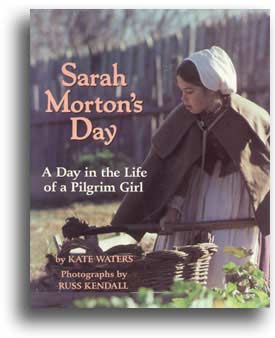
I'm not one to write about anything too personal on my blog, but today I have decided to. I feel a little like a copy-cat because I had a friend blog about the same thing recently. Oh well!
I spoke in church yesterday using Pres. Uchtdorf's talk "The Infinite Power of Hope." from the October Conference. I chose it for 3 reasons.
1) I think about Hope often because it is not given as much attention as Faith and Charity.
2) The world would be a better place if we focused on True Hope and not doom and gloom.
3) The definition of Hope in a spiritual sense is much stronger than the term used in other contexts
Here's a couple parts from Elder Uchtdorf's talk that I liked a lot. (Emphasis added)
"Hope is believing and expecting that our prayers will be answered. It is manifest in confidence, optimism, enthusiasm, and patient perseverance."
"We hope in Jesus the Christ, in the goodness of God, in the manifestations of the Holy Spirit, in the knowledge that prayers are heard and answered. Because God has been faithful and kept His promises in the past, we can hope with confidence that God will keep His promises to us in the present and in the future."
I discovered that Hope is consistently linked with good works. This means that like Faith, Hope is a principle of action and leads to Charity, the Pure Love of Christ.
"When frustration and impatience challenge charity, hope braces our resolve and urges us to care for our fellowmen even without expectation of reward. The brighter our hope, the greater our faith. The stronger our hope, the purer our charity."
I appreciate that Pres. Uchtdorf took on this topic. In a world that can feel so hopeless to so many people, it is great to know that we can have real Hope based on a firm foundation.
 After 2 days of work, I headed down to San Diego, where my friend/mission companion/former roommate, Emilysa, and her friend picked me up from the airport. We intended to go Midnight Mass but went to Denny's instead - Big Difference! We laughed and talked until 3 AM and then went home and finished talking at 4 AM. I typically think people who do this are insane.
After 2 days of work, I headed down to San Diego, where my friend/mission companion/former roommate, Emilysa, and her friend picked me up from the airport. We intended to go Midnight Mass but went to Denny's instead - Big Difference! We laughed and talked until 3 AM and then went home and finished talking at 4 AM. I typically think people who do this are insane. A few hours later we started opening presents. Santa found me in San Diego, and Emilysa's family spoiled me with books and treats as seen below. I think they were even inspired at some of the presents they gave me.
A few hours later we started opening presents. Santa found me in San Diego, and Emilysa's family spoiled me with books and treats as seen below. I think they were even inspired at some of the presents they gave me. After 4 hours of present opening (Emilysa has a big family and we took a break), we ate a ham dinner and lounged around. I feel that Christmas is for lounging so this was wonderful. Just before I left for home, the family gathered around the grand piano for caroling. A very merry Christmas thanks to a wonderful and generous family.
After 4 hours of present opening (Emilysa has a big family and we took a break), we ate a ham dinner and lounged around. I feel that Christmas is for lounging so this was wonderful. Just before I left for home, the family gathered around the grand piano for caroling. A very merry Christmas thanks to a wonderful and generous family.






















